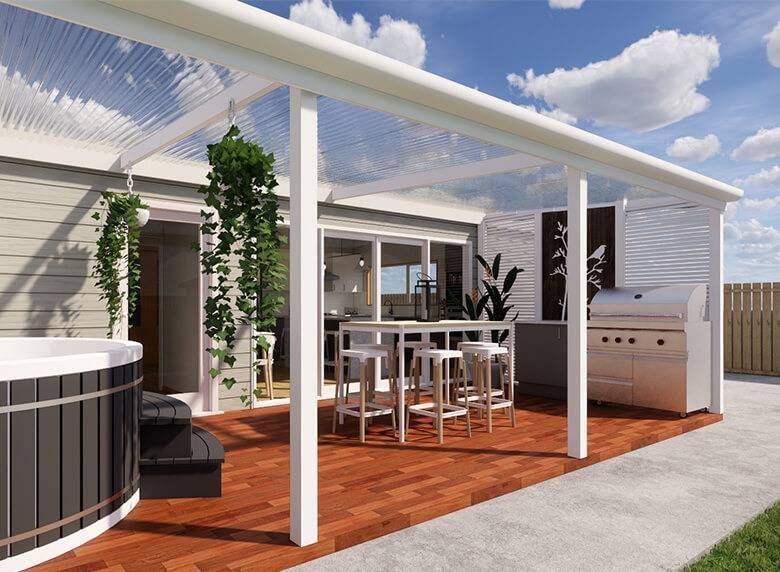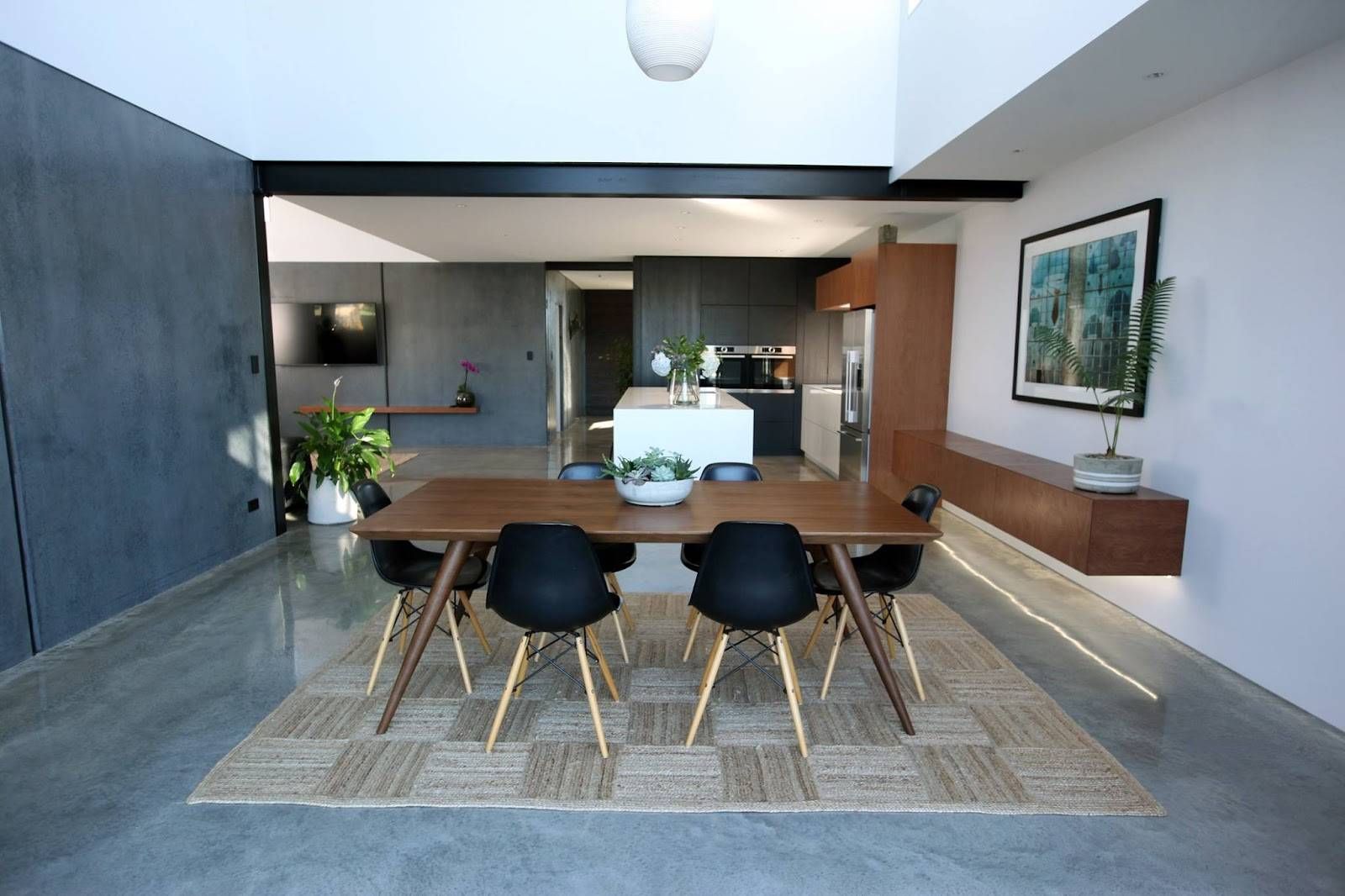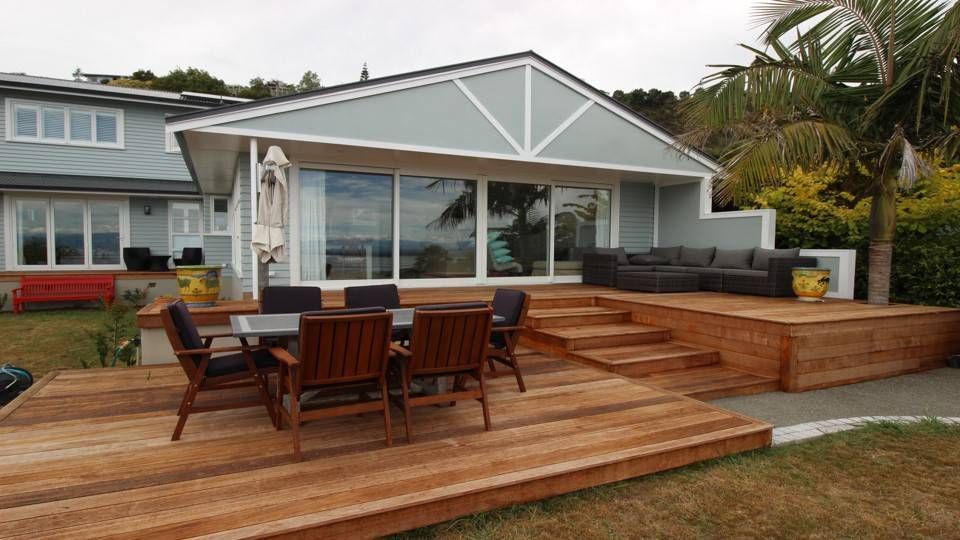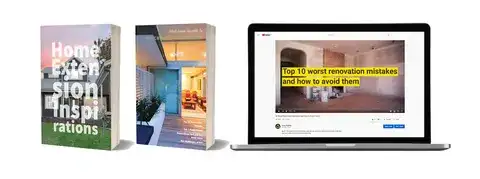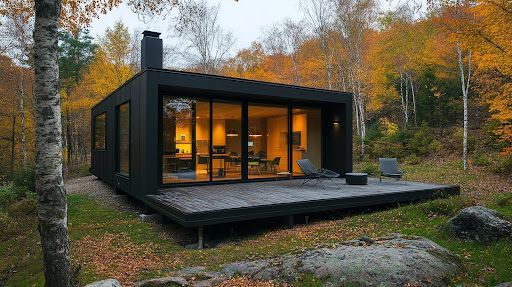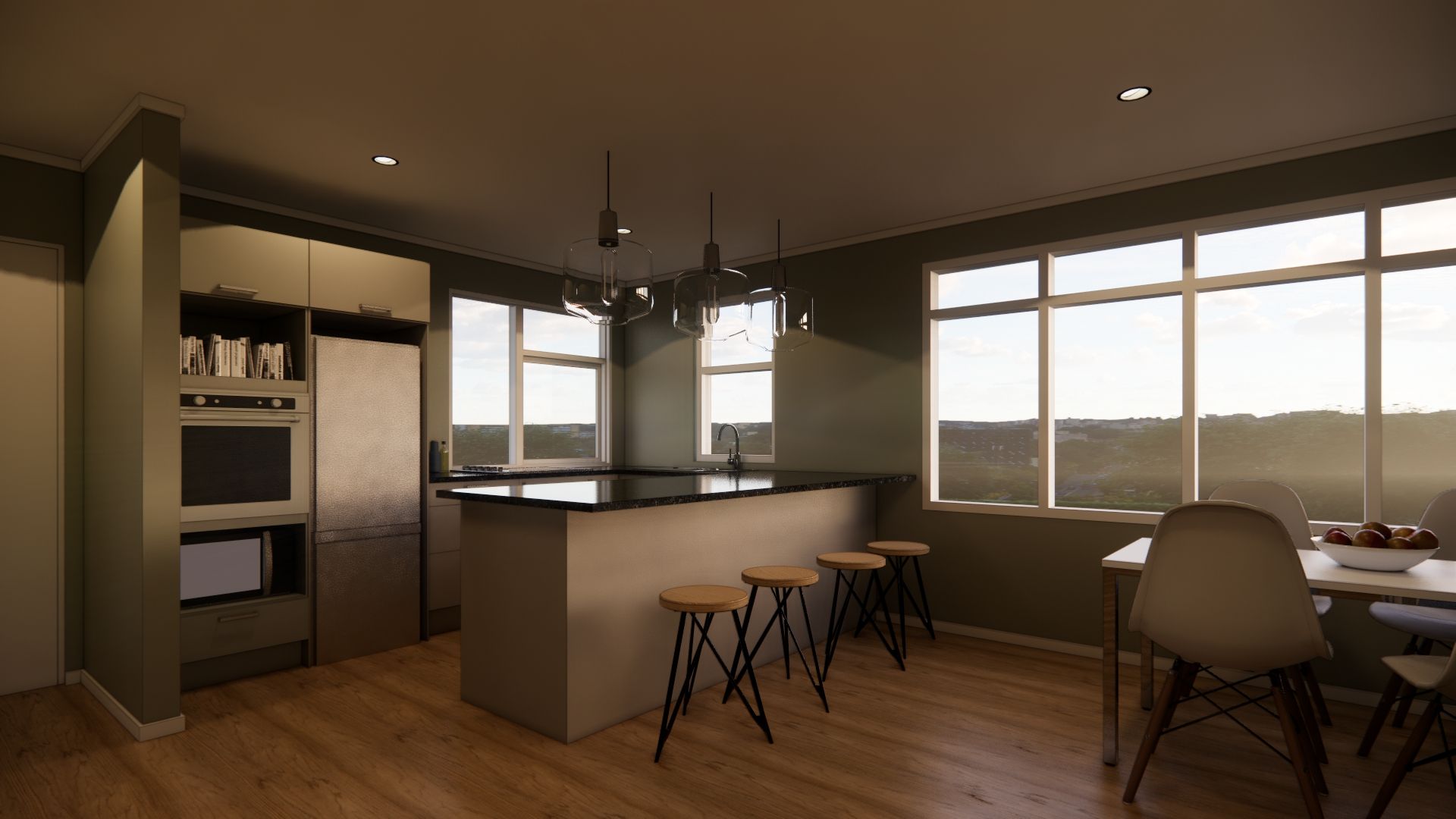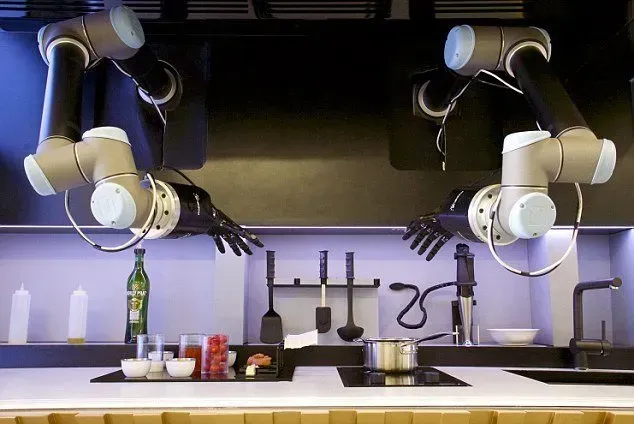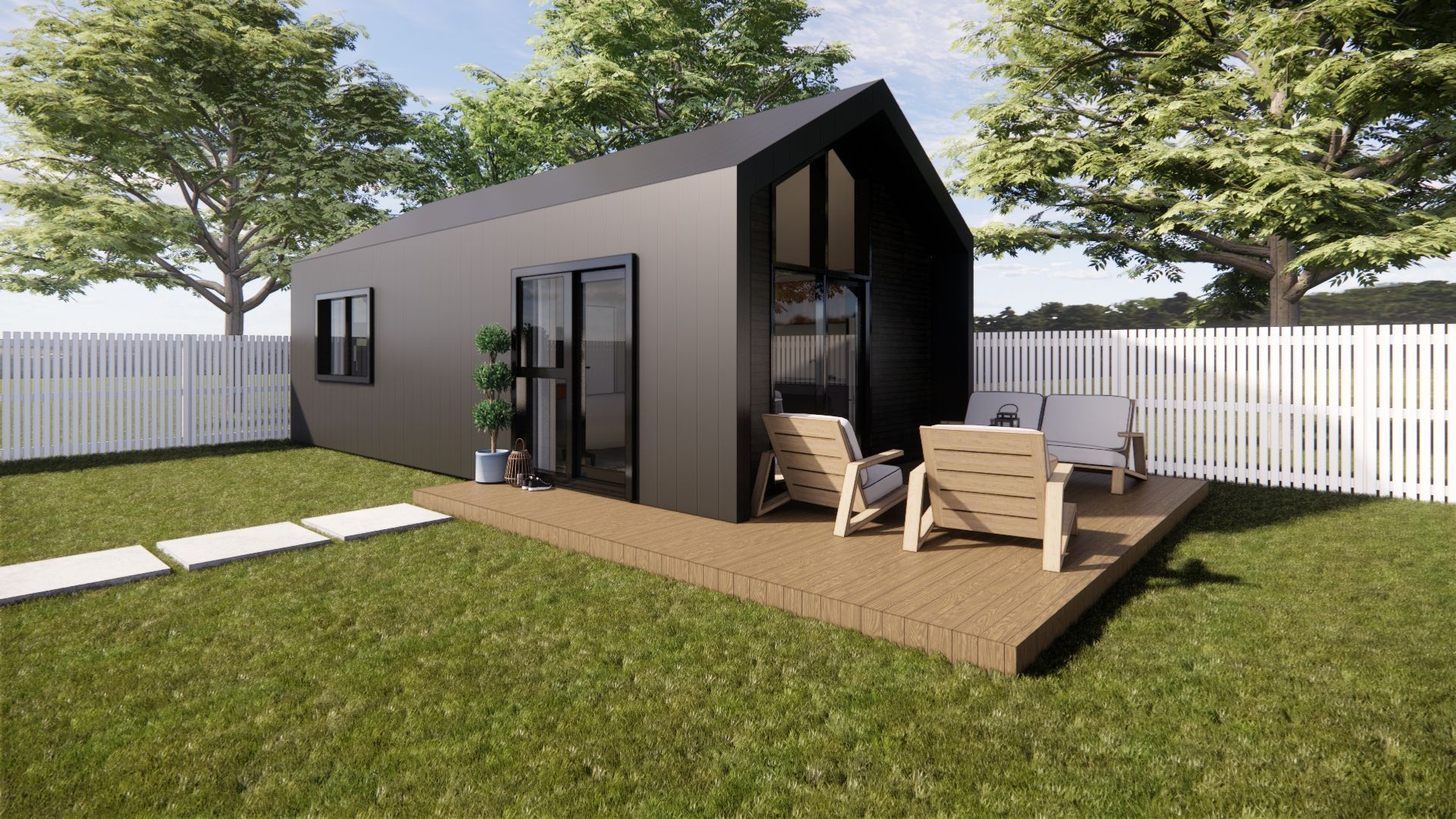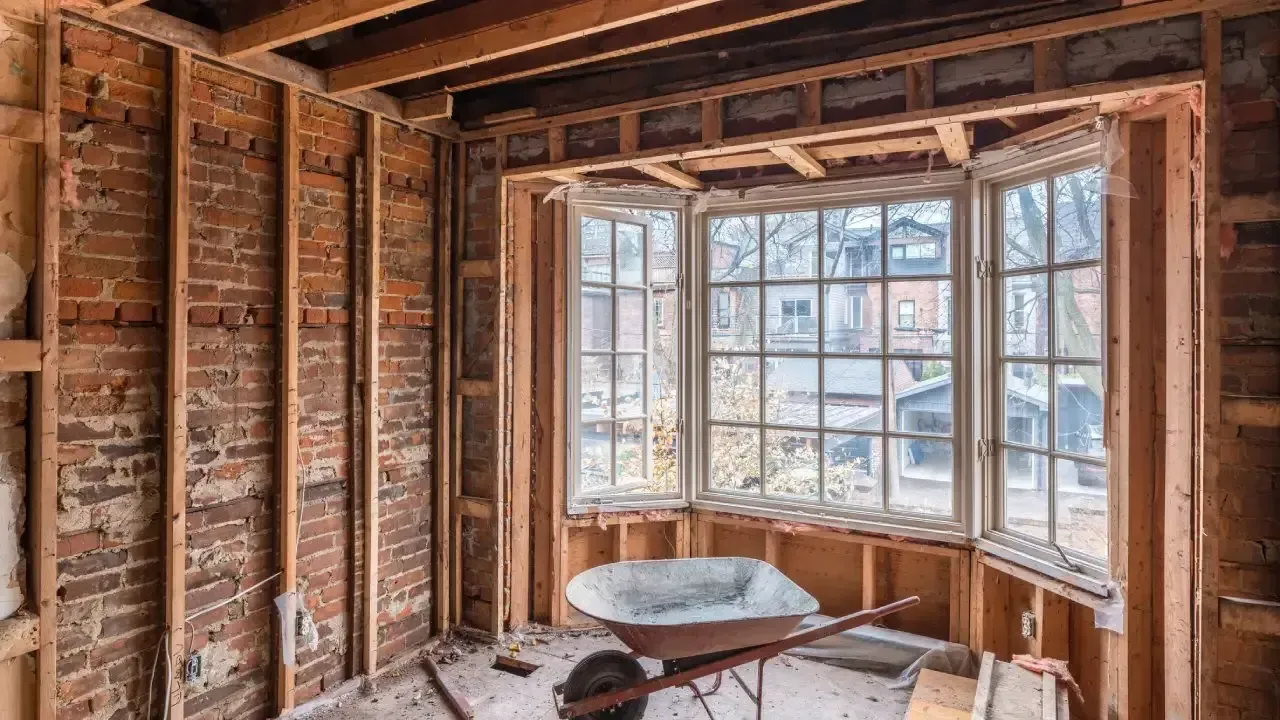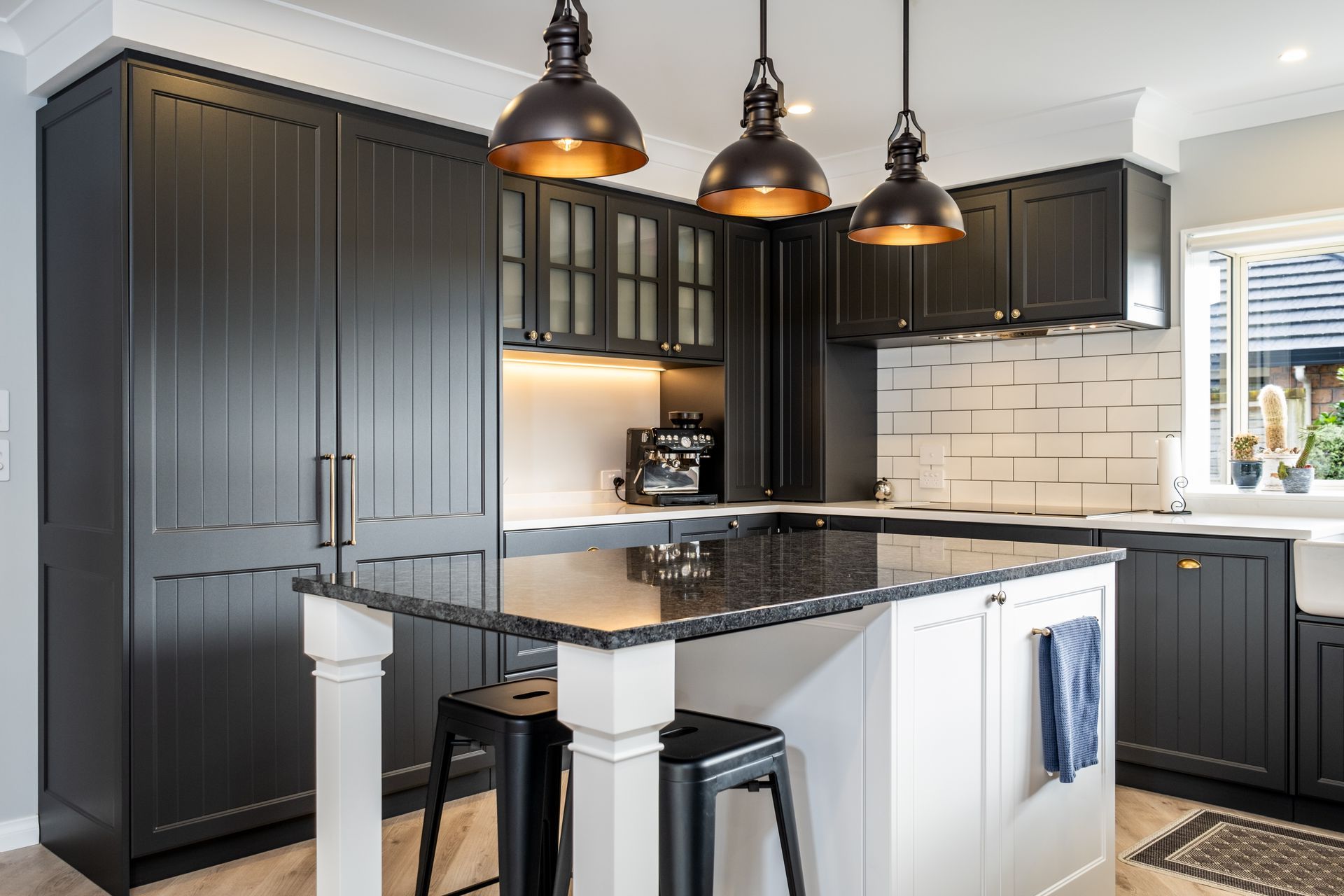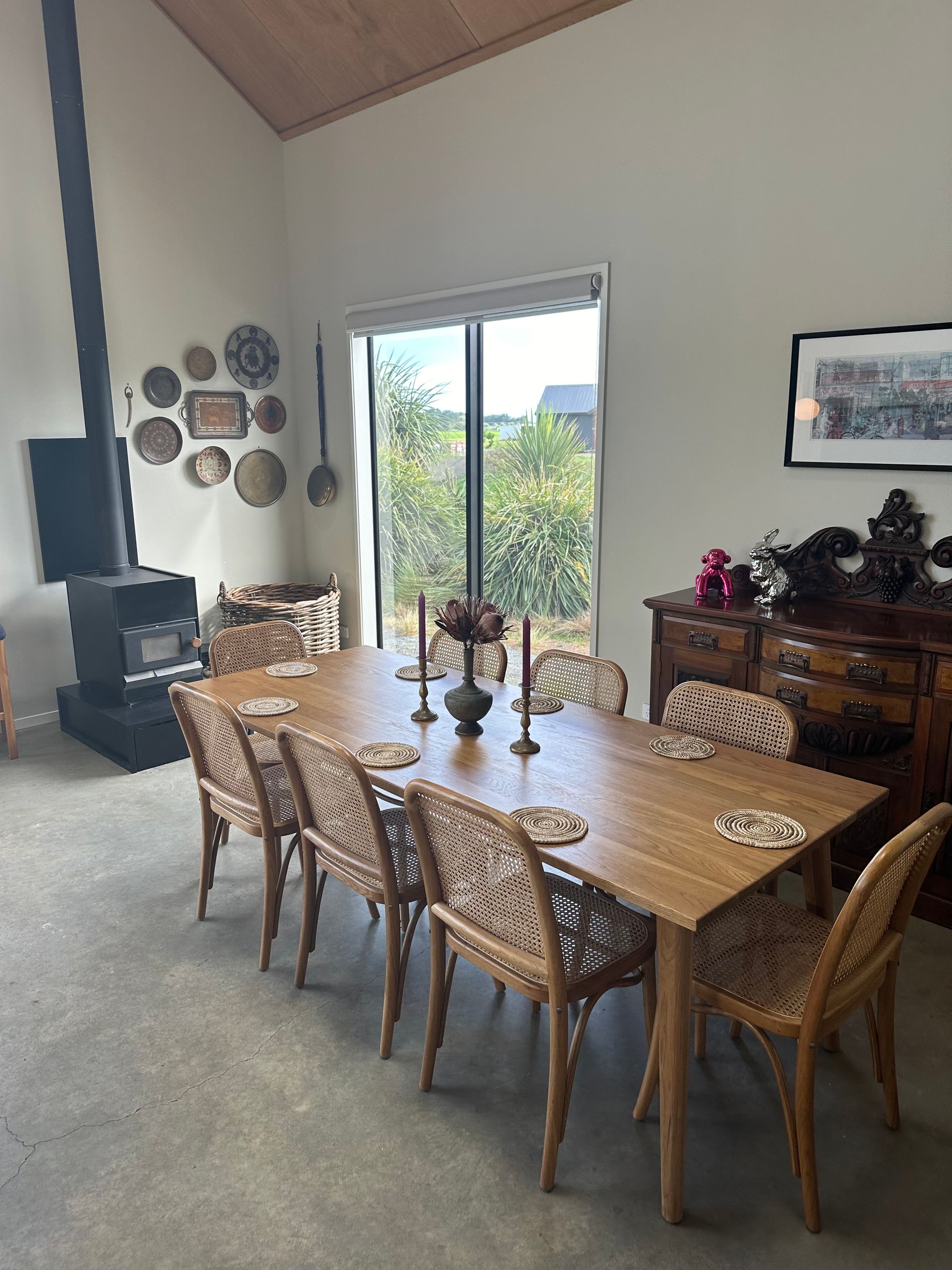10 Common Interior Design Mistakes to Avoid
We’ve all done it – seen a piece of furniture or kitchen we like in a showroom, only to find when we get it home or install it that it just looks wrong. Or have you made a massive decorating mistake without even realizing it? There are lots of common mistakes to avoid.
Here are 10 of them.
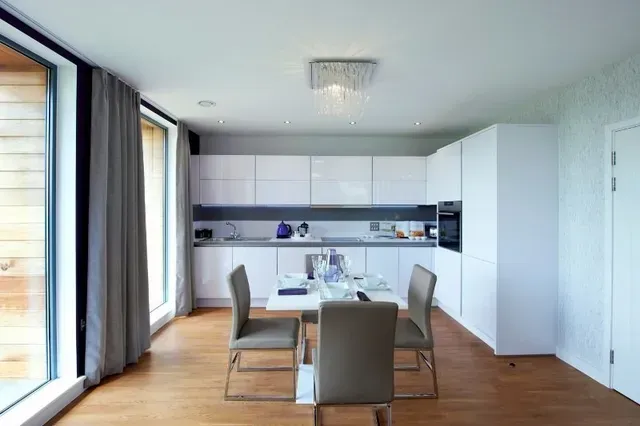
1. Playing it too safe
This attitude is prevalent among ambitious homeowners who are on the property ladder and renovate and decorate their homes with an eye firmly on selling them. They’re afraid that unless they use neutral colours and furnishings, they’ll put off potential buyers. They simply fail to realise that for an environment to be appealing, it must have personality and style and this simply cannot happen if everything looks the same. Would you enjoy another person’s company if they had no personality?
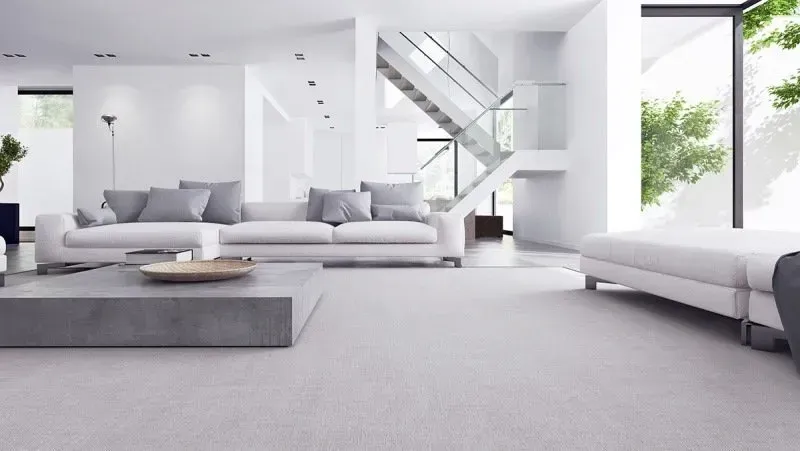
2. Cluttering your home
People like me look at people with homes like this and think: Where do they put all their stuff? The point is, of course, do we really need a whole lot of stuff? Should we keep that Lazyboy chair we bought years ago and now hate but don’t want to get rid of because it cost a lot of money? Will Aunt Mildred cut us out of her will if we ‘accidentally’ break that hideous vase she bought us for a house-warming present? Over-furnishing your home makes it look smaller and clutter of any description has been proven in scientific research to cause stress you don’t need.
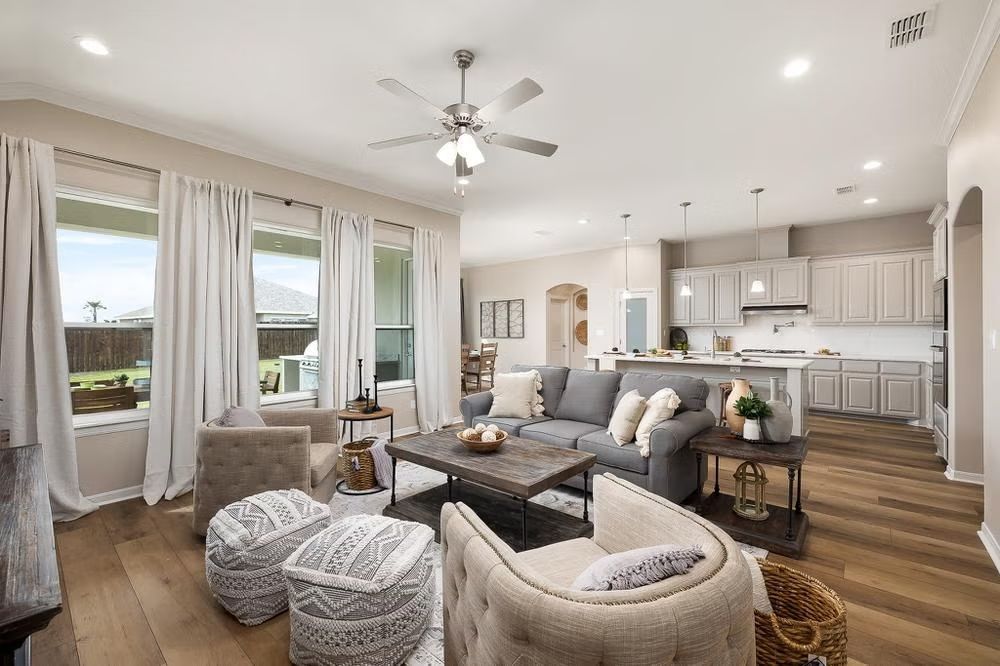
3. Backing your furniture up against the wall
Remember school dances when all the girls sat in chairs on one side of the hall while all the boys sat on the other side? Many people arrange their furniture in the same way in the mistaken belief that it makes their home look bigger. Putting some space around furniture is actually a better way of creating that impression, and furniture should be arranged according to flow and function.
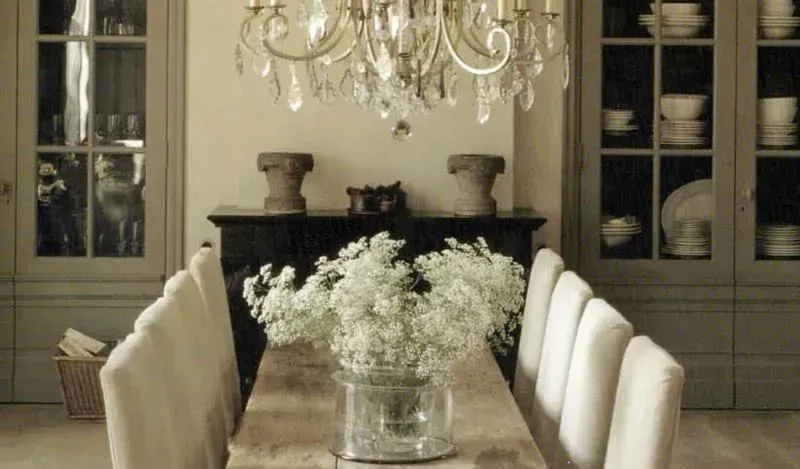
4. Getting things out of scale
I have a niece who dreams of having a big house but currently lives in a tiny apartment. Consequently, she has furniture that’s too big for her living space. It’s the same with the chandelier in the image above. It’s beautiful but if I were at a dinner party at that narrow table, I’d feel that the chandelier was overshadowing the environment. The rule is very simple: Use small furniture in a small house and big furniture in a big house.
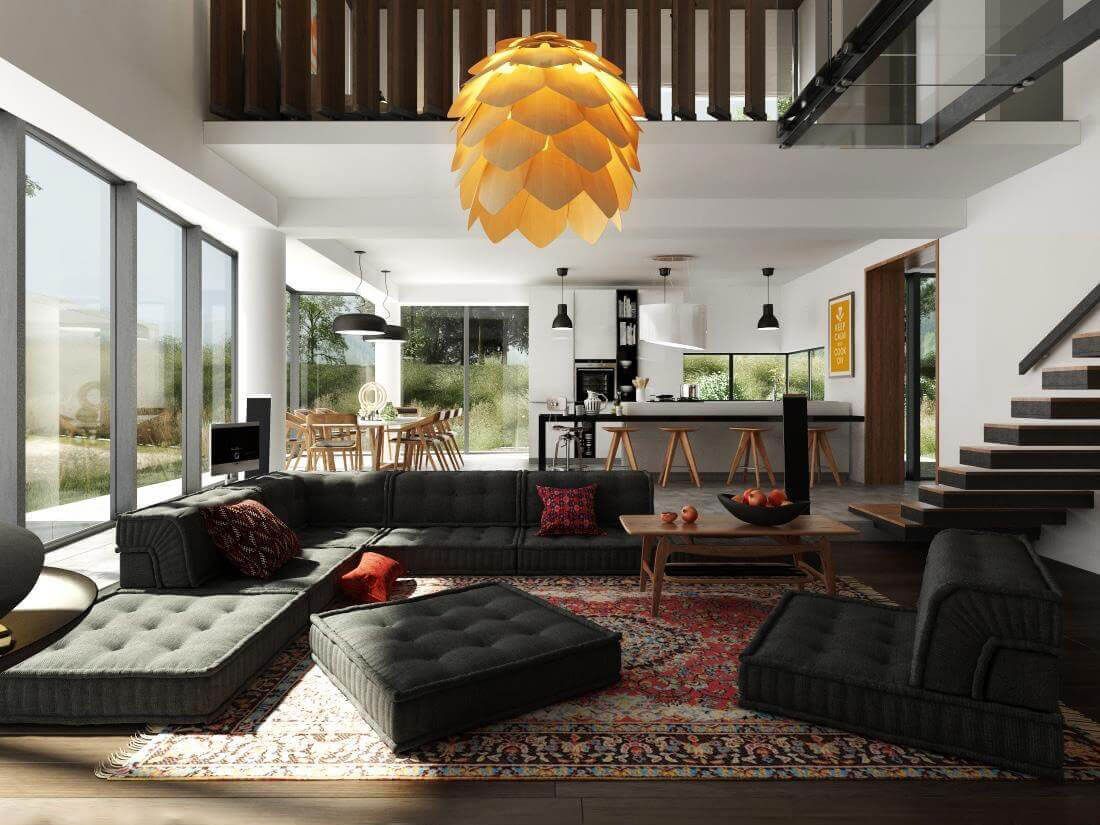
5. Not having a focal point
The focal point here is clearly the lampshade, underscored by the reds and oranges of the rug, cushions and fruit. A focal point gives direction and order to your living space, making it look well thought-out and balanced. Find that one thing that you want people to take notice of when they enter a room. The two big mistakes people make is thinking their focal point needs to be so big and bold that it hits you right between the eyes when you enter a room, or that they should have so many focal points that nothing actually stands out.
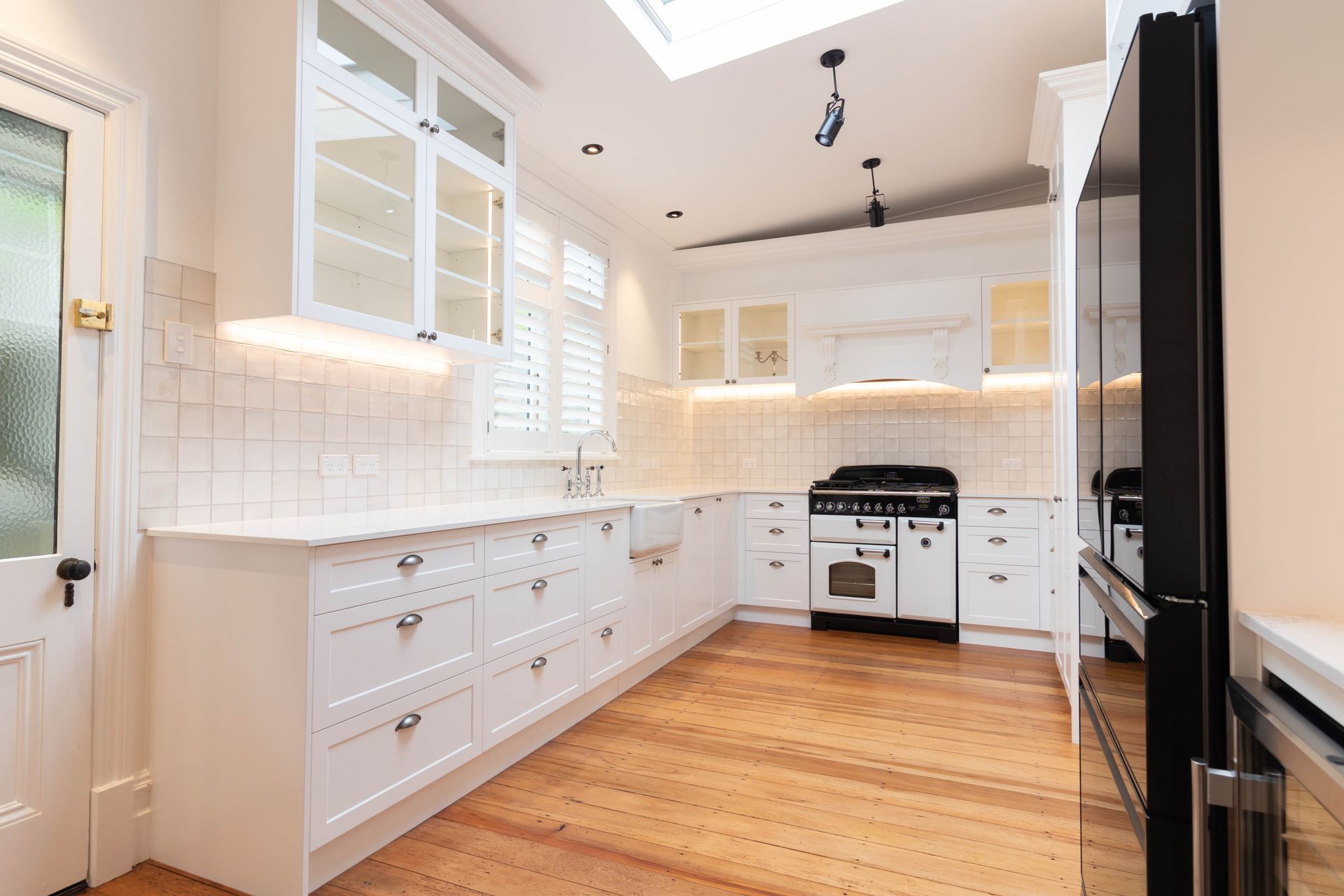
6. Not matching the rest of the house
The crime of the last century in interior design was the ‘modernisation’ of villas and bungalows. People slapped hideous brick cladding over weatherboard, replaced gorgeous wooden windows with characterless aluminium joinery and positioned lowered ceilings over ornate plasterwork. Fortunately we’ve all now seen sense and are restoring these classics to their former glory. My point is that homes need a theme to give them character and personality. That’s not to say that every room has to look and feel exactly the same, but resist the urge to be like a creative but misguided friend of mine who gave every room in his home a completely different theme.
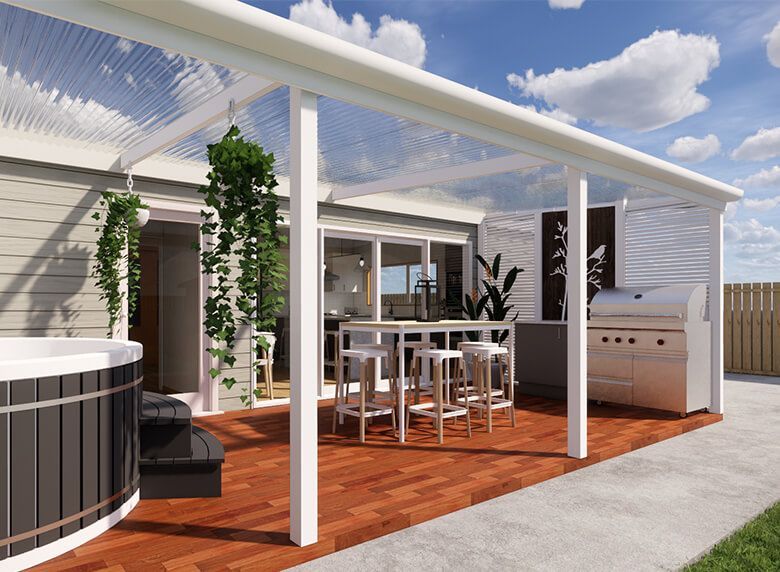
7. Forgetting about the indoor-outdoor flow
Unless you live in Antarctica or an apartment without a balcony, you’ll want to spend at least some of your time outdoors. Homes benefit from a connection with nature and the lifestyle offered by your outdoor spaces, yet many homeowners focus just on interior renovation or just on exterior renovation and neglect the link between the two.

8. Neglecting the entrance
After your home’s street appeal, it’s your home’s entrance that creates the strongest first impression on visitors or potential buyers. Smart designers use many ways to create a sense of arrival, of the unexpected, including front doors that stand out from the façade, open entry atriums and features such as sculptures and paintings.
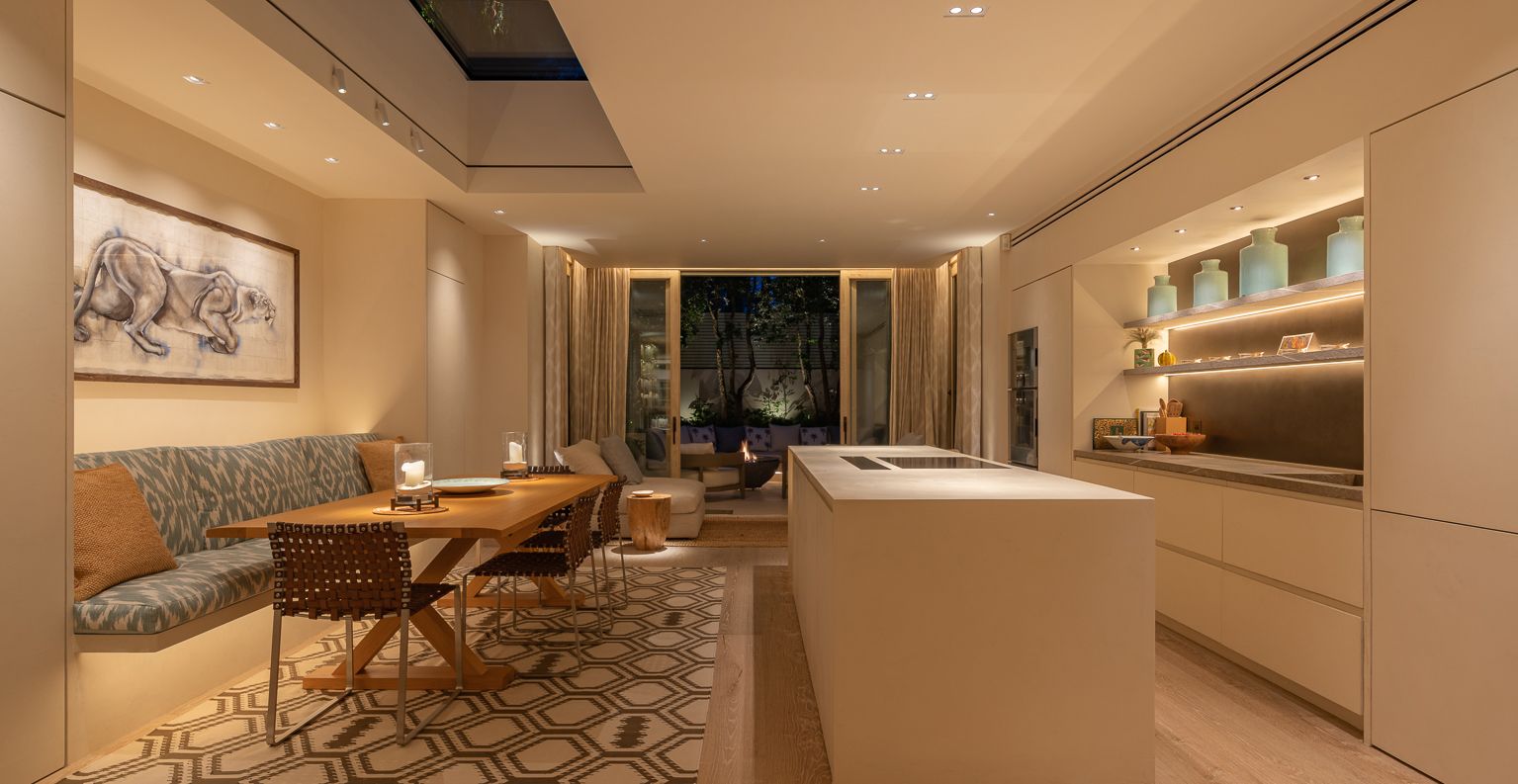
9. Overlooking lighting
You can have the most amazing renovation and furniture but if you don’t think about your lighting, the whole effect you’re hoping for can fall flat. There are two types of lighting, natural and artificial, and a good renovation design will make the best of both. The home pictured above uses uplights, downlights and spotlights to create terrific ambience inside, while the contrasting exterior lighting confirms the link with the outdoors.
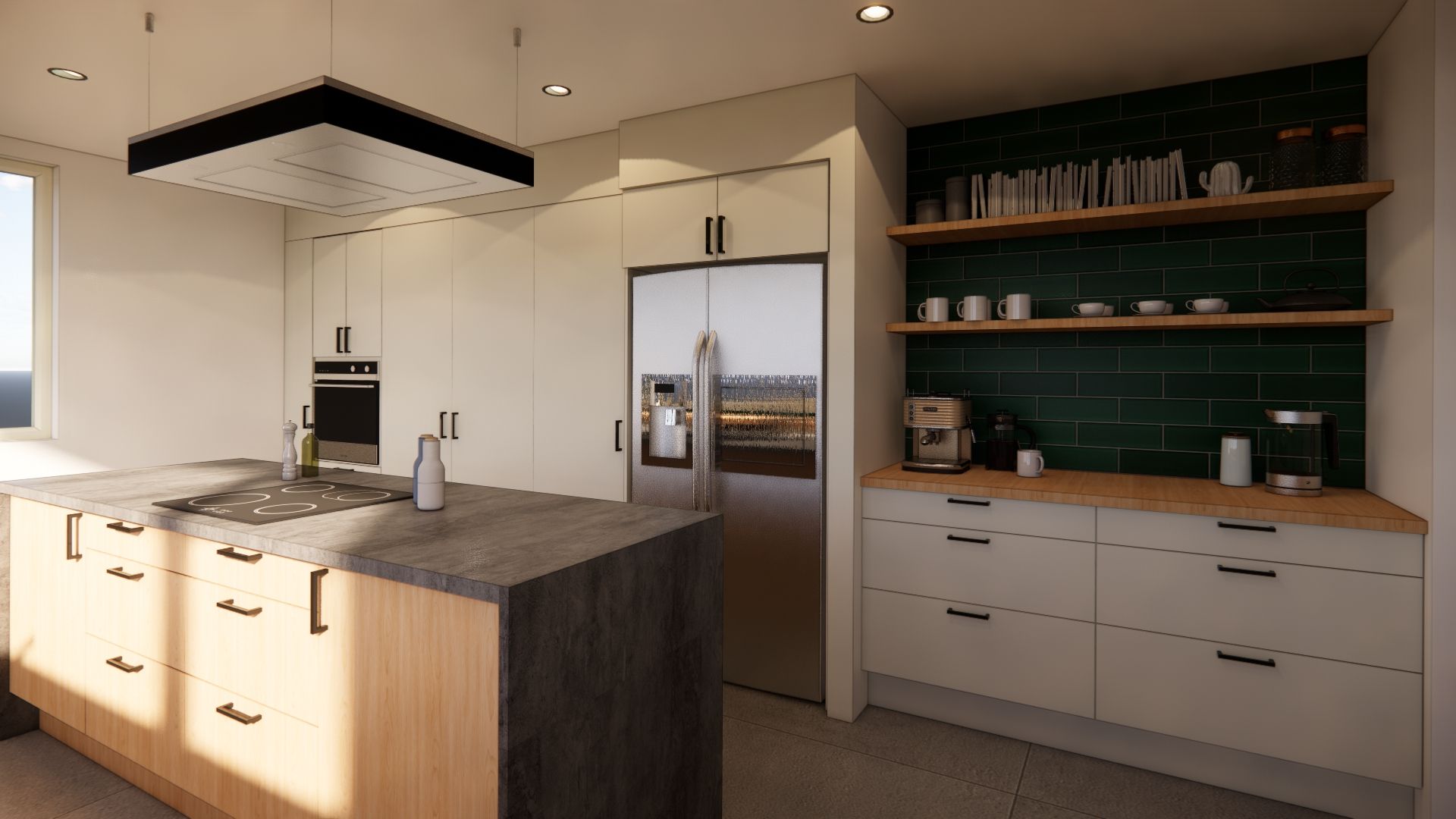
10. Not using professionals to help you
We at Pzazz Building understand more than most that interior design takes a keen and knowledgeable eye, which is why we provide a complete design solution for our clients. Interior designers understand how colour, lighting, scale and placement can make or break a room design – and now we offer our exclusive 3D Interior Modelling Solution so you can see – and in fact ‘walk’ through - exactly what your rooms will look like before we start work on your project.
Like more home inspirations, ideas and tips?
Subscribe to our Come Alive! Newsletter
It's FREE and comes to you via email every month providing informative articles, tips and ideas!
Newsletter Form
Visit our FREE E - Library
Have you thought about renovating but don't know where to start? Browse and download a variety of E-Books and other resources that cover tips and tricks, latest trends and renovation processes.
